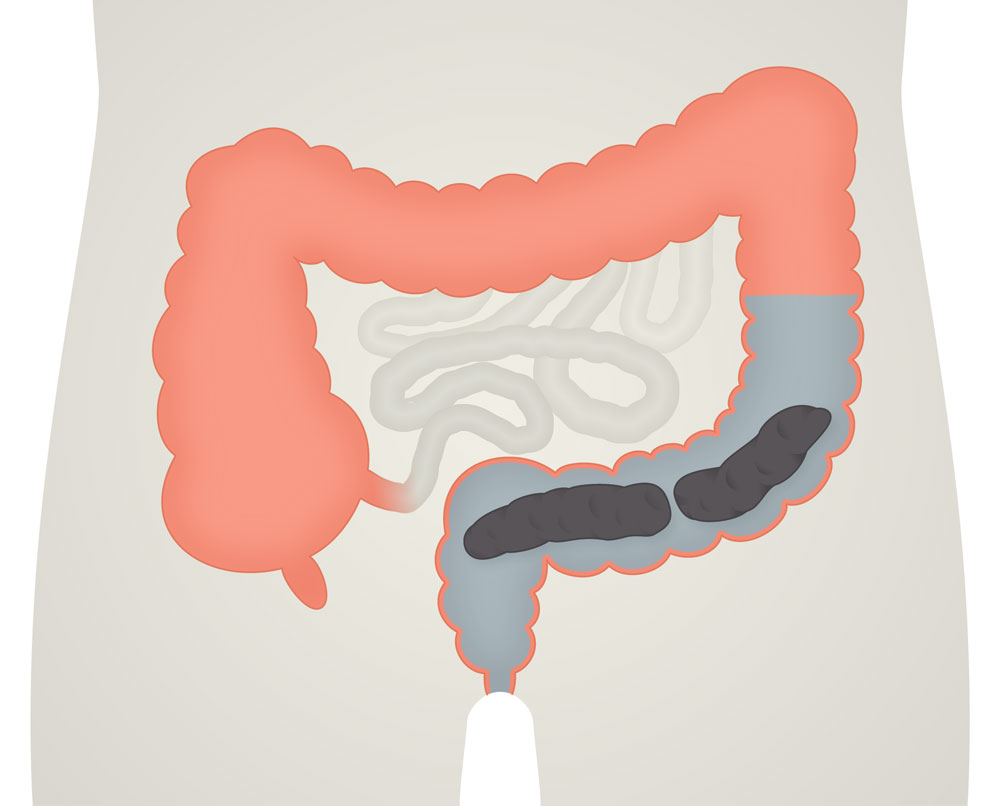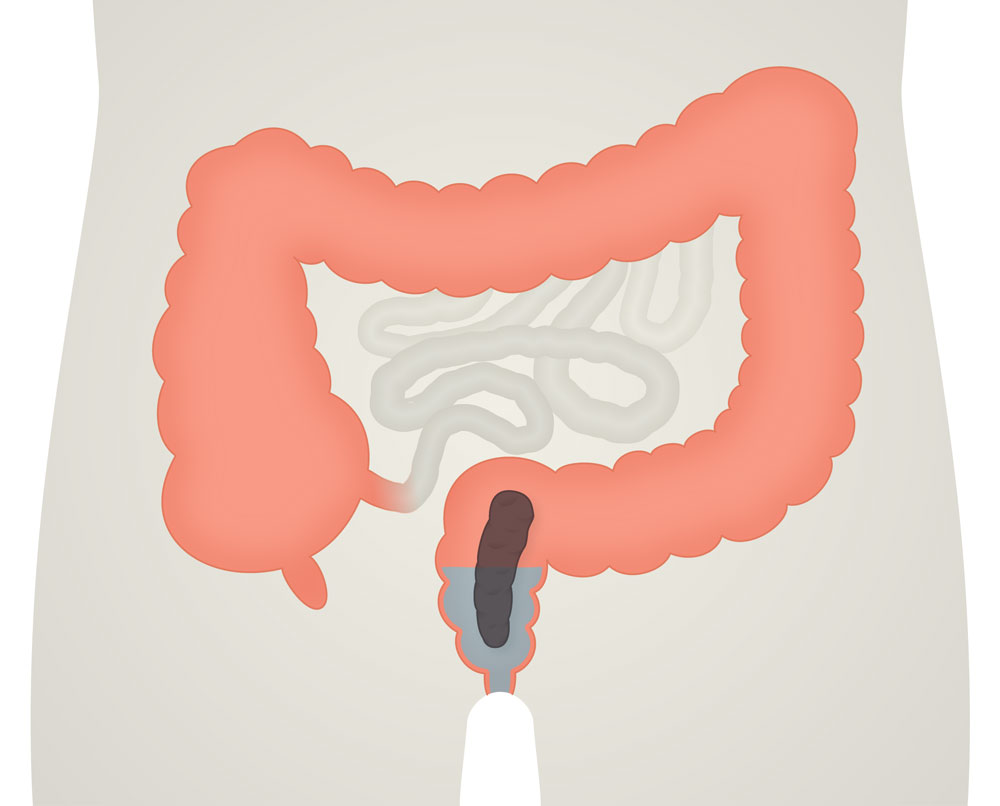How does my patient use rectal irrigation?
Rectal irrigation is usually self-administered by the patient (or by a carer or another healthcare professional), sitting on the toilet or commode.
The process of rectal irrigation can be summarised in 3 simple steps:
STEP 1
Assessment
Patients are assessed for suitability to use rectal irrigation, taking into account their symptoms and individual situation, by their healthcare professional.
STEP 2
Instillation of water
Using a product from the Qufora IrriSedo range, the patient is taught how to instil warm tap water into the bowel via the anus. This is undertaken using either a cone or catheter, attached to a water reservoir (either a bag or soft pump).
STEP 3
Release of water
When the cone or catheter is removed, the water is expelled along with the contents of the bowel.
How does rectal irrigation work?
The exact mechanism of action is unclear but is thought to be a combination of a flushing action and also stimulation of peristalsis, likely dependant on the amount of water used. The warm water may also soften faeces, aiding its expulsion (Emmanuel et al., 2019).
How much water should my patient use?
There is some thought that specific volumes of water may suit certain bowel conditions (Emmanuel et al, 2019). So, the volume of water used will vary depending on the patient’s underlying condition and also their response and tolerance to the instilled water. It usually takes a few weeks for each individual patient to find the amount of water which works best for them.
The decision guide is a practical tool (based on a consensus of experts in the United Kingdom) which can aid the decision-making process between low and high-volume rectal irrigation (see step 2 of the decision guide).

High volume

Low volume
When should my patient irrigate?

Rectal irrigation is often a long-term management solution, so it is important that it is carried out at a convenient time for the patient, fitting naturally into their lifestyle. Since bowels respond best to a regular routine, the preference is to irrigate at a similar time each day. Irrigating 20-30 minutes after a meal may take advantage of the gastro-colic reflex, improving results.
How often should my patient irrigate?

To begin with, irrigation is recommended daily (Emmanuel et al., 2019). This helps familiarisation with the chosen product and helps to establish a routine for bowel evacuation. Once routine is established, alternate day irrigation may be sufficient. This depends on the individual.
Will results be immediate?
See the Decision Guide for more information about initiating rectal irrigation.
Remember!
It takes time (up to 3 months) to get into a good routine. Some people see a difference after a few weeks, others may take longer.

